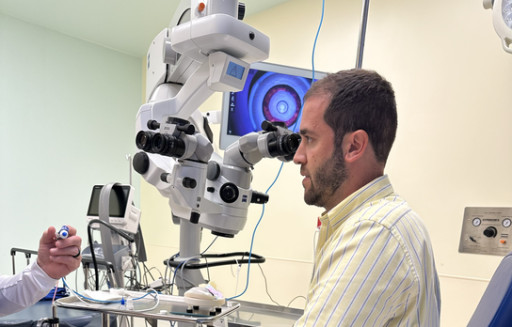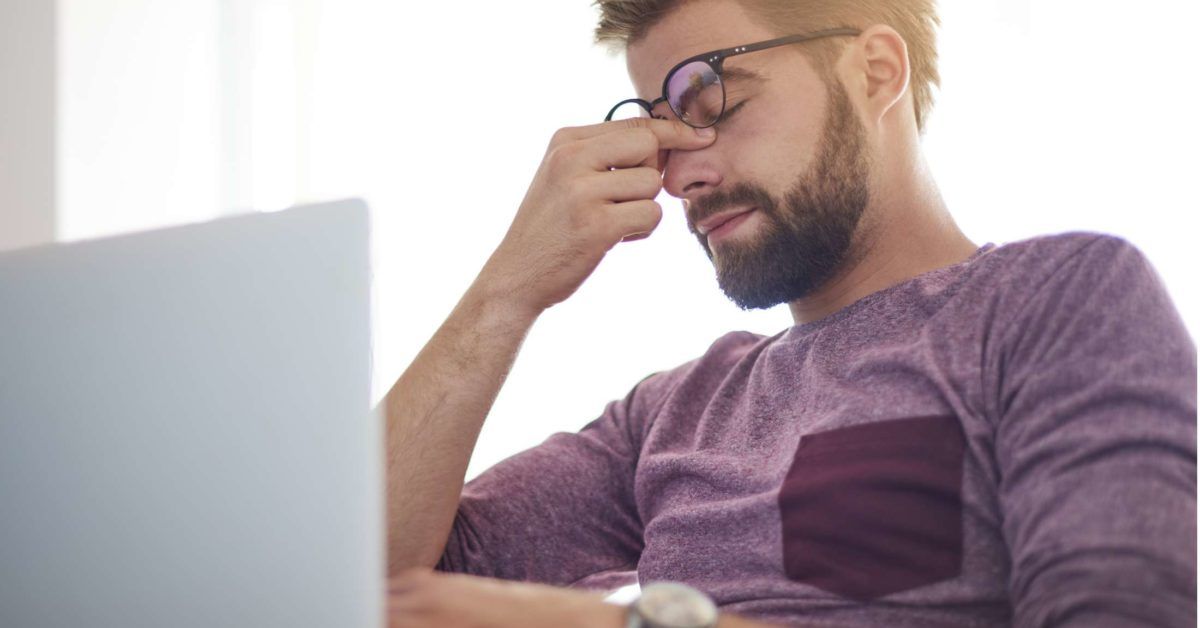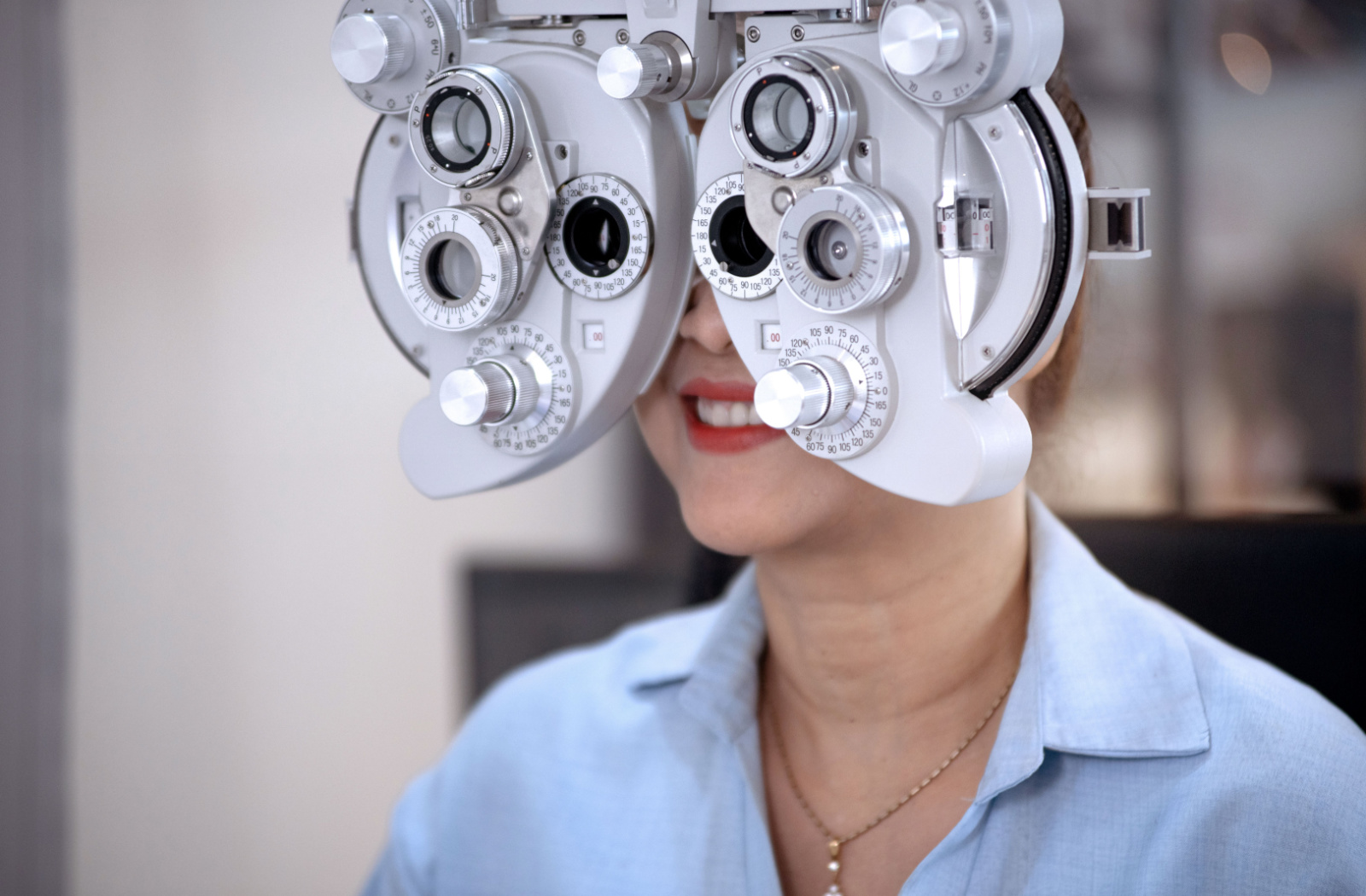All Categories
Featured
Low vision, a problem where traditional glasses, contact lenses, or surgical treatment can not completely bring back view, can make daily activities testing. Luckily, reduced vision rehab supplies a series of resources to aid people preserve their freedom and lifestyle. This write-up explores the choices readily available for those seeking assistance in handling their visual problems.
What Is Low Vision Rehab?
Reduced vision rehabilitation is a structured method to assist individuals optimize their staying vision and adjust to brand-new means of doing day-to-day jobs. Specialists deal with clients to create individualized approaches, incorporating tools, strategies, and training programs that match their special needs.
![]()
Secret Options for Reduced Vision Rehabilitation
Vision Enhancing Tools
Optical Aids: Tools like magnifiers, telescopic glasses, and unique reading lenses can improve quality for analysis, writing, and various other close-up activities.
Digital Aesthetic Aids: Tools such as digital magnifiers and mobile video clip magnifiers offer adjustable zoom capabilities for different tasks.
Wearable Modern technology: Smart glasses geared up with electronic cameras and voice comments deal sophisticated solutions for enhancing vision.
![]()
Assistive Modern Technology
Display visitors, text-to-speech applications, and gadgets with voice commands make modern technology available for individuals with low vision.
Smart device applications, such as navigating help and item recognition tools, aid individuals interact with their environments more successfully.
Educating and Therapy
Alignment and Wheelchair Training: Professionals educate skills for navigating areas safely, including the use of white walking canes or guide pets.
Daily Living Skills Training: Recovery programs supply techniques for food preparation, cleansing, and individual care, ensuring that people can perform necessary jobs individually.
Visual Abilities Training: Workouts designed to maximize the use of remaining outer vision can enhance visual performance.
Environmental Adaptations
Changes to living or workspaces can dramatically improve accessibility. Instances consist of:
Installing brighter lights.
Adding high-contrast markings to home appliances.
Organizing furnishings to develop clear pathways.
Assistance Networks
Psychological and psychological assistance is a vital part of rehab. Assistance groups, therapy sessions, and counseling services can aid individuals deal with the challenges of vision loss.
![]()
Peer networks link people with comparable experiences, fostering a sense of neighborhood and shared understanding.
Exactly How to Gain Access To Low Vision Recovery Solutions
Reduced vision recovery solutions are frequently offered by:
Reduced Vision Clinics: Run by eye doctors and eye doctors focusing on vision problems.
Work-related Therapists: Experts in adjusting atmospheres and tasks to match individual requirements.
Not-for-profit Organizations: Teams such as the American Foundation for the Blind (AFB) or local blindness assistance companies supply valuable sources and recommendations.
Conclusion
Living with reduced vision can really feel overwhelming, yet with the appropriate assistance and devices, people can continue to lead meeting lives. Reduced vision rehab provides a variety of sources tailored to enhance performance, boost self-confidence, and boost lifestyle. If you or a liked one is dealing with the obstacles of reduced vision, take into consideration reaching out to a professional or rehabilitation center to explore the lots of alternatives readily available. Together, these services make certain that vision loss does not define or limit one's potential.
What Is Low Vision Rehab?
Reduced vision rehabilitation is a structured method to assist individuals optimize their staying vision and adjust to brand-new means of doing day-to-day jobs. Specialists deal with clients to create individualized approaches, incorporating tools, strategies, and training programs that match their special needs.

Secret Options for Reduced Vision Rehabilitation
Vision Enhancing Tools
Optical Aids: Tools like magnifiers, telescopic glasses, and unique reading lenses can improve quality for analysis, writing, and various other close-up activities.
Digital Aesthetic Aids: Tools such as digital magnifiers and mobile video clip magnifiers offer adjustable zoom capabilities for different tasks.
Wearable Modern technology: Smart glasses geared up with electronic cameras and voice comments deal sophisticated solutions for enhancing vision.

Assistive Modern Technology
Display visitors, text-to-speech applications, and gadgets with voice commands make modern technology available for individuals with low vision.
Smart device applications, such as navigating help and item recognition tools, aid individuals interact with their environments more successfully.
Educating and Therapy
Alignment and Wheelchair Training: Professionals educate skills for navigating areas safely, including the use of white walking canes or guide pets.
Daily Living Skills Training: Recovery programs supply techniques for food preparation, cleansing, and individual care, ensuring that people can perform necessary jobs individually.
Visual Abilities Training: Workouts designed to maximize the use of remaining outer vision can enhance visual performance.
Environmental Adaptations
Changes to living or workspaces can dramatically improve accessibility. Instances consist of:
Installing brighter lights.
Adding high-contrast markings to home appliances.
Organizing furnishings to develop clear pathways.
Assistance Networks
Psychological and psychological assistance is a vital part of rehab. Assistance groups, therapy sessions, and counseling services can aid individuals deal with the challenges of vision loss.

Peer networks link people with comparable experiences, fostering a sense of neighborhood and shared understanding.
Exactly How to Gain Access To Low Vision Recovery Solutions
Reduced vision recovery solutions are frequently offered by:
Reduced Vision Clinics: Run by eye doctors and eye doctors focusing on vision problems.
Work-related Therapists: Experts in adjusting atmospheres and tasks to match individual requirements.
Not-for-profit Organizations: Teams such as the American Foundation for the Blind (AFB) or local blindness assistance companies supply valuable sources and recommendations.
Conclusion
Living with reduced vision can really feel overwhelming, yet with the appropriate assistance and devices, people can continue to lead meeting lives. Reduced vision rehab provides a variety of sources tailored to enhance performance, boost self-confidence, and boost lifestyle. If you or a liked one is dealing with the obstacles of reduced vision, take into consideration reaching out to a professional or rehabilitation center to explore the lots of alternatives readily available. Together, these services make certain that vision loss does not define or limit one's potential.
Latest Posts
Discover Reduce Expenses on Car Maintenance with Montclare Auto Repair’s Limited-Time Deals
Published May 30, 25
1 min read
Explore Auto Services & More: Complete Auto Care Solutions from Montclare Auto Repair
Published May 27, 25
1 min read
Check Out Exceptional Auto Repair Care from Montclare Auto Repair – Quality Service Today
Published May 26, 25
1 min read
More
Latest Posts
Discover Reduce Expenses on Car Maintenance with Montclare Auto Repair’s Limited-Time Deals
Published May 30, 25
1 min read
Explore Auto Services & More: Complete Auto Care Solutions from Montclare Auto Repair
Published May 27, 25
1 min read
Check Out Exceptional Auto Repair Care from Montclare Auto Repair – Quality Service Today
Published May 26, 25
1 min read